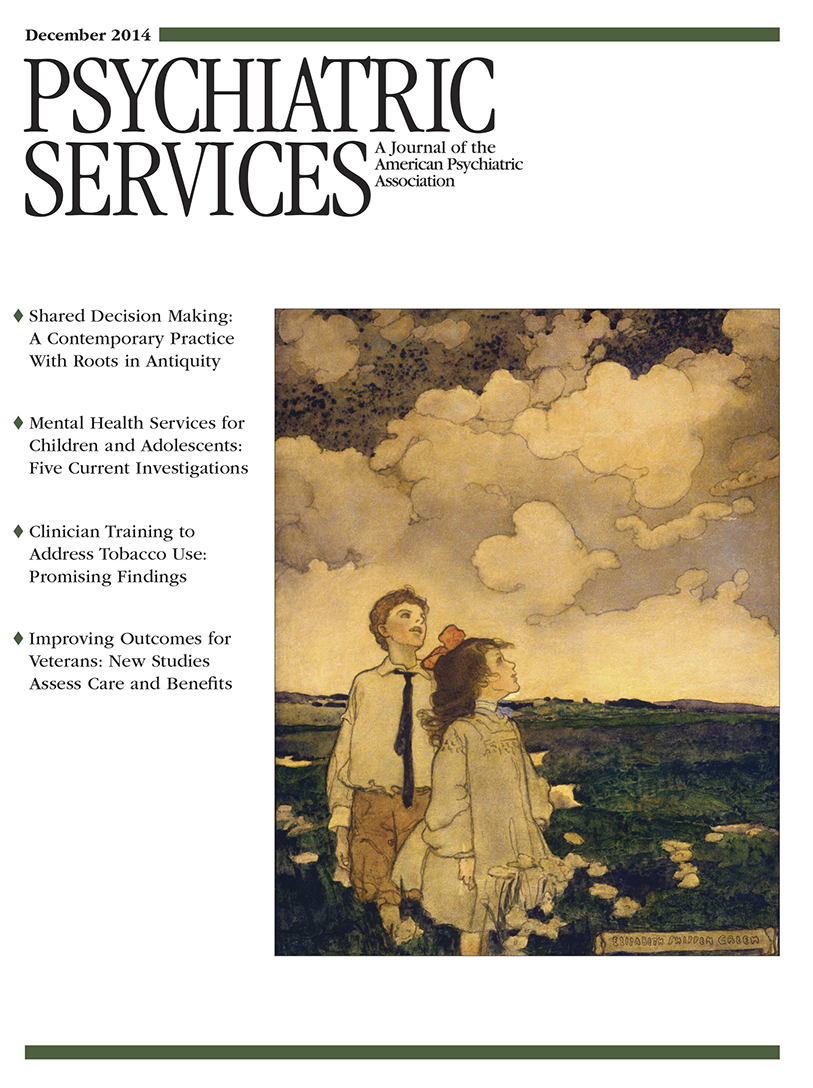Medicaid Expenditures on Psychotropic Medications for Maltreated Children: A Study of 36 States
Abstract
Objective:
Children with histories of abuse or neglect are the most expensive child population to insure for their mental health needs. This study aimed to quantify the magnitude of Medicaid expenditures incurred in the purchase of psychotropic drugs for these children.
Methods:
Children (N=4,445) participating in the National Survey of Child and Adolescent Well-Being (NSCAW) and from households under investigation for suspected child abuse and neglect were linked to their Medicaid claims from 36 states. Expenditures on psychotropic medications between the NSCAW sample and a propensity score–matched comparison sample of Medicaid-enrolled children were compared in a two-part regression of logistic and generalized linear models.
Results:
Children in the NSCAW sample had twice the odds of psychotropic drug use and $190 higher mean annual expenditures on psychotropic drugs than children in the comparison sample. Increased expenditures on antidepressants and antimanic drugs were the primary drivers of these increased expenditures. Male gender and white race-ethnicity were associated with significantly increased expenditures. Children in primary care case management had $325 lower expenditures than those in fee-for-service Medicaid. Among NSCAW children alone, male gender, older age, being in poorer health, and scoring in the clinical range of the Child Behavior Checklist (CBCL) all increased expenditures on psychotropic drugs.
Conclusions:
Medicaid agencies should focus their cost containment strategies on antidepressants and antimanic drugs, consider expanding primary care case management arrangements, and expand use of instruments such as the CBCL to identify and treat high-need children.



